
A few posts back, I mentioned a research paper that I was writing. In many ways, the essay was a culmination of ideas that I discussed in my blog, including hidden curriculum and gender bias. To summarize my argument, I argued that inherently learned and socially acceptable forms of sexism are the common motivating factors behind instances of gender inequity. For the purpose of my essay, this was an effective thesis. I had close to ten pages to prove my point in careful detail and my argument was structurally designed around this theses. However, my guess is that you are already bored hearing about the structure of a research I wrote for my English class. That’s because the essay wasn’t addressed to you. Rather, as most research papers are, my paper was basically written for my grader.
However, luckily for you, I have created a revised digital version of my original essay which is intended for you! Unlike my research paper, this video mashup is a much more accessible form of communication which is addressed to a much wider audience. As I mentioned previously, it took close to ten pages to detail my original argument. Therefore, I chose to simplify my message down to its core for this revised version. Basically, in this new version, I want to communicate that gender issues deserve and demand more attention
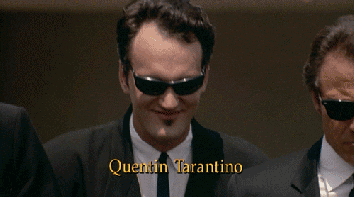 Furthermore, the structure and content of my video mashup are designed around this basic principle. As you likely know if you have read much of my blog, I am a huge fan of movies. Nearly half of my blog posts use movies as a lens through which to view other relevant topics that I am discussing. Therefore, from the very beginning I was inclined to design a video mashup since it meant I would be working with movie clips. After some thought, I decided to use clips from Quentin Tarantino films including Pulp Fiction, Kill Bill, and Django Unchained. There are multiple advantages to using these films.
Furthermore, the structure and content of my video mashup are designed around this basic principle. As you likely know if you have read much of my blog, I am a huge fan of movies. Nearly half of my blog posts use movies as a lens through which to view other relevant topics that I am discussing. Therefore, from the very beginning I was inclined to design a video mashup since it meant I would be working with movie clips. After some thought, I decided to use clips from Quentin Tarantino films including Pulp Fiction, Kill Bill, and Django Unchained. There are multiple advantages to using these films.
Firstly, these movies are so popular that they are likely to be well-known by my audience. For this reason, my hope is that I can capitalize on my audience’s preconceived admiration of these movies to increase attentiveness and encourage positive reactions to my own video. Additionally, Quentin Tarantino uses much of the same cast in many of his films. For this reason, I knew that I would have the ability to put actors and actresses in conversation with one another between multiple scenes and films. Before I talk too much about it and give away the whole thing, why don’t you just watch it?
I am by no means an expert in video editing or film design but I hope at the very least you found my project to be interesting. I believe that one of the biggest obstacles that gender issue face today is the lack of serious attention they receive. Therefore, I believe that it is important to simply encourage people to engage the subject of gender issues wether it be through a serious academic paper, or a simple video mashup like the one I have created.









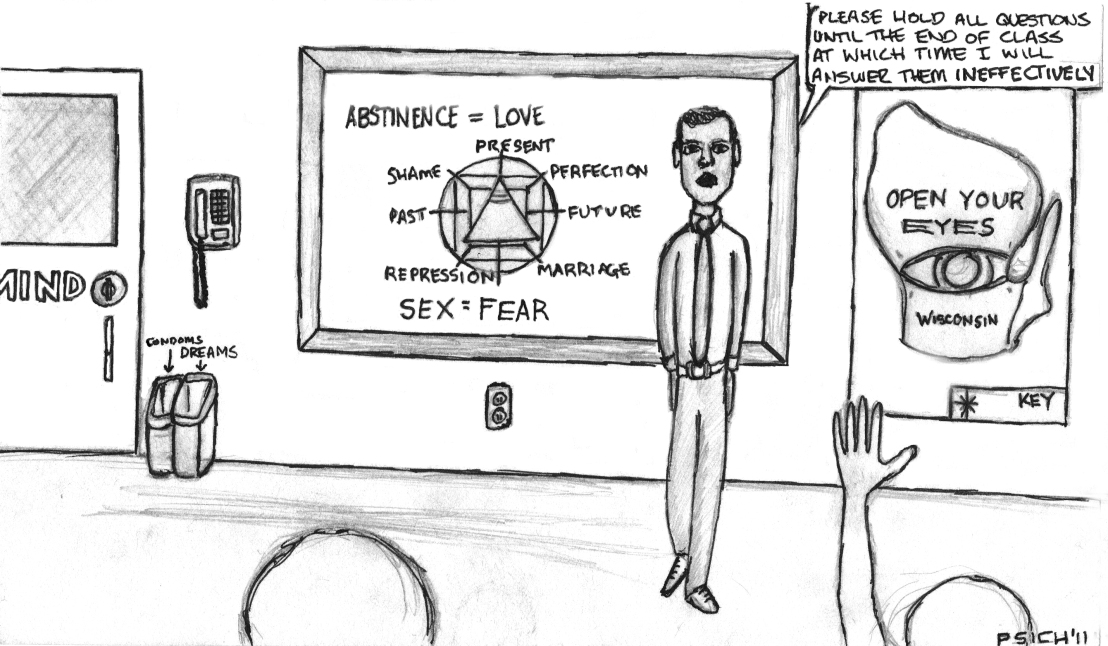


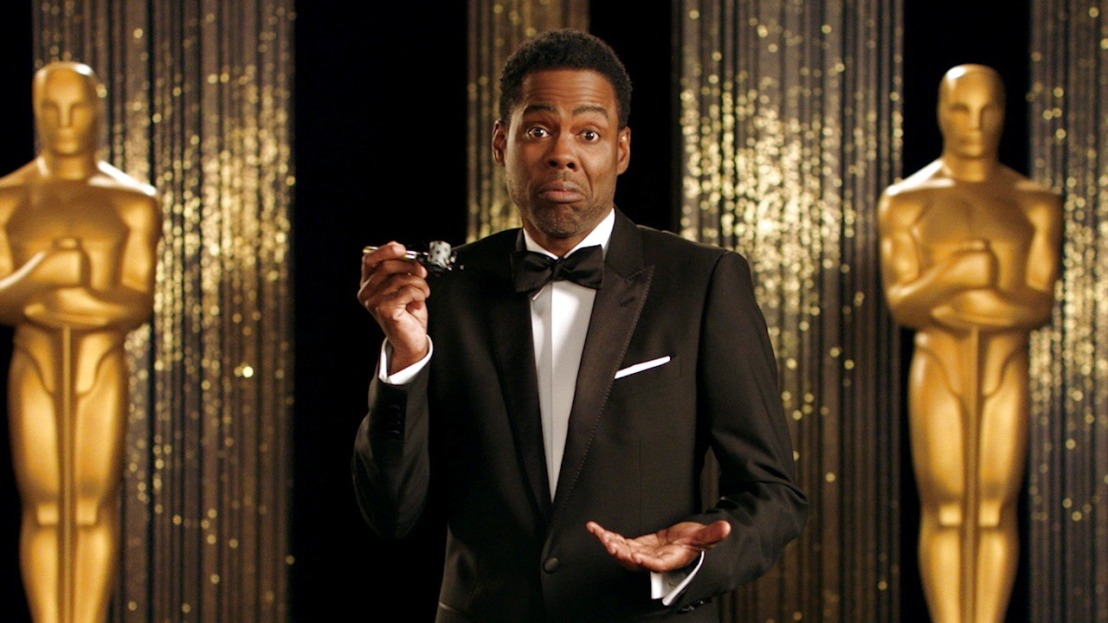 During the 2016 Oscars, Chris Rock made an insightful comment about gender inequity. Essentially, Chris Rock asked
During the 2016 Oscars, Chris Rock made an insightful comment about gender inequity. Essentially, Chris Rock asked  This of course does not mean that there are no great movies with female leads. The first movie ever shot in color and one of the most successful films of all time, “Wizard of Oz,” features a female lead. However, even the “Wizard of Oz” is influenced by gender bias. As discussed in a
This of course does not mean that there are no great movies with female leads. The first movie ever shot in color and one of the most successful films of all time, “Wizard of Oz,” features a female lead. However, even the “Wizard of Oz” is influenced by gender bias. As discussed in a  However, should the Oscars actually consider changing their award categories? While arguments for gender equality are certainly likely to gain traction amongst the notoriously liberal “Oscars Academy,” there is also something to be said for tradition. It has been said that, “to be separate is to be inherently unequal,” however the in the current landscape of the film industry, this separation might be in the favor of actresses. As I mentioned earlier, women are less likely to be given leading roles. Therefore, a combination of male and female categories might lead to an unequal distribution of awards between male and female actors and actresses.
However, should the Oscars actually consider changing their award categories? While arguments for gender equality are certainly likely to gain traction amongst the notoriously liberal “Oscars Academy,” there is also something to be said for tradition. It has been said that, “to be separate is to be inherently unequal,” however the in the current landscape of the film industry, this separation might be in the favor of actresses. As I mentioned earlier, women are less likely to be given leading roles. Therefore, a combination of male and female categories might lead to an unequal distribution of awards between male and female actors and actresses.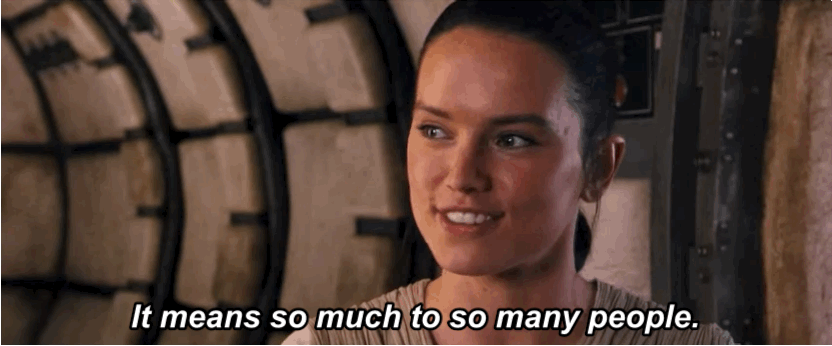
 Recently, I finished a research paper in which I argued that researchers frequently ignore the influence of sexism on hidden gender biases. Throughout the paper, I gave detailed examples of ways in which the
Recently, I finished a research paper in which I argued that researchers frequently ignore the influence of sexism on hidden gender biases. Throughout the paper, I gave detailed examples of ways in which the 
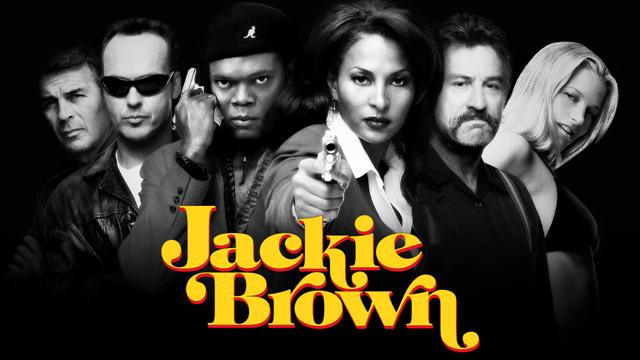




 In recently developing my thesis for an upcoming paper, I was thinking about the causes of gender inequity. After all, these issues surely must have a cause or they couldn’t possibly be so frequent. Ultimately, I realized that they must be influenced by an underlying sense of sexism that exists in our society. While not everyone is sexist, it is hard to deny that
In recently developing my thesis for an upcoming paper, I was thinking about the causes of gender inequity. After all, these issues surely must have a cause or they couldn’t possibly be so frequent. Ultimately, I realized that they must be influenced by an underlying sense of sexism that exists in our society. While not everyone is sexist, it is hard to deny that  Among all aspects of out popular culture, one which receives frequent criticism is the rap and hip/hop community. Known for its use of sexually explicit lyrics, rap music has been labeled sexist by countless critics. In her article, “
Among all aspects of out popular culture, one which receives frequent criticism is the rap and hip/hop community. Known for its use of sexually explicit lyrics, rap music has been labeled sexist by countless critics. In her article, “ considers rap music to be her favorite genre and says that it can be “fun and uplifting regardless of your gender.” However, she does not deny the presence of
considers rap music to be her favorite genre and says that it can be “fun and uplifting regardless of your gender.” However, she does not deny the presence of 
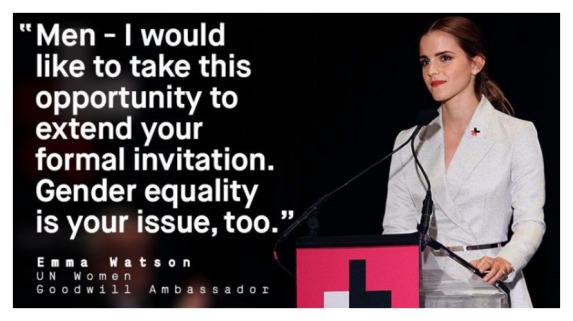

 While writing a
While writing a  This sort of source typically gives specific examples of ways in which males and females are treated unequally in the classroom. For example, in her article, “How Teachers’ Hidden Biases Are Hurting Our Girls,” Soraya Chemaly details the ways in which females are being discouraged from participating in STEM subjects. According to Chemaly’s research, females are graded more harshly than males on math and science tests. In this way, although females are outperforming males on average academically, it appears that they face a grading bias which might discourage them from entering into a STEM subject.
This sort of source typically gives specific examples of ways in which males and females are treated unequally in the classroom. For example, in her article, “How Teachers’ Hidden Biases Are Hurting Our Girls,” Soraya Chemaly details the ways in which females are being discouraged from participating in STEM subjects. According to Chemaly’s research, females are graded more harshly than males on math and science tests. In this way, although females are outperforming males on average academically, it appears that they face a grading bias which might discourage them from entering into a STEM subject.

 Last night, I attended the opening night showing of Marvel Studio’s latest production,
Last night, I attended the opening night showing of Marvel Studio’s latest production, 
 As some background knowledge, you should know that Deadpool the movie is being marketed as a love story. In this way, Marvel is hoping to increase ticket sales by cramming theaters full of couples. After seeing the film, I can confirm that it contains elements of romance. However, I found that these moments were frequently overshadowed by sexist remarks and occurrences. For example, at one point in the film, after some graphic violence, Deadpool remarks something like, “At this point your girlfriend is probably wondering how you convinced her to come to this movie.” In this way, it seemed that Deadpool was belittling the women in the audience, by joking about the fact that the movie’s content was more stereotypically masculine than feminine. Furthermore, Deadpool’s love interest and the film’s main female character seemed to be an archetype of a stereotypically helpless woman. Throughout the film, she was portrayed primarily as a sex object, who was unjustifiably loyal to Deadpool.
As some background knowledge, you should know that Deadpool the movie is being marketed as a love story. In this way, Marvel is hoping to increase ticket sales by cramming theaters full of couples. After seeing the film, I can confirm that it contains elements of romance. However, I found that these moments were frequently overshadowed by sexist remarks and occurrences. For example, at one point in the film, after some graphic violence, Deadpool remarks something like, “At this point your girlfriend is probably wondering how you convinced her to come to this movie.” In this way, it seemed that Deadpool was belittling the women in the audience, by joking about the fact that the movie’s content was more stereotypically masculine than feminine. Furthermore, Deadpool’s love interest and the film’s main female character seemed to be an archetype of a stereotypically helpless woman. Throughout the film, she was portrayed primarily as a sex object, who was unjustifiably loyal to Deadpool.




 In Shannon Mokoro’s “
In Shannon Mokoro’s “ In my limited experience, I have found that most articles on gender studies are much more heavily focused on specific areas of inequality than on the positive advantages of gender equality. Perhaps, this is because authors assume that these advantages are obvious, and listing them would be repetitive, or perhaps this is because authors simply do not feel the need to justify equality. Whatever the reason, I found that Mokoro’s emphasis of these benefits strengthened her argument by reminding me of arguments that I already agreed with and supported.
In my limited experience, I have found that most articles on gender studies are much more heavily focused on specific areas of inequality than on the positive advantages of gender equality. Perhaps, this is because authors assume that these advantages are obvious, and listing them would be repetitive, or perhaps this is because authors simply do not feel the need to justify equality. Whatever the reason, I found that Mokoro’s emphasis of these benefits strengthened her argument by reminding me of arguments that I already agreed with and supported. While none of these arguments is especially controversial, I believe that listing all of them together is an effective means of emphasizing their collective importance. To use this method in my own writing, I will have to try to be more consciously aware of assumptions that I am making. Then, I will have to evaluate if any of these assumptions are worth expanding upon in my writing.
While none of these arguments is especially controversial, I believe that listing all of them together is an effective means of emphasizing their collective importance. To use this method in my own writing, I will have to try to be more consciously aware of assumptions that I am making. Then, I will have to evaluate if any of these assumptions are worth expanding upon in my writing.